This page has moved. If you are not redirected, click here.
SpaceX Pioneering Rocket Technology
SpaceX, under the leadership of Elon Musk, has revolutionized rocket technology with several groundbreaking innovations:
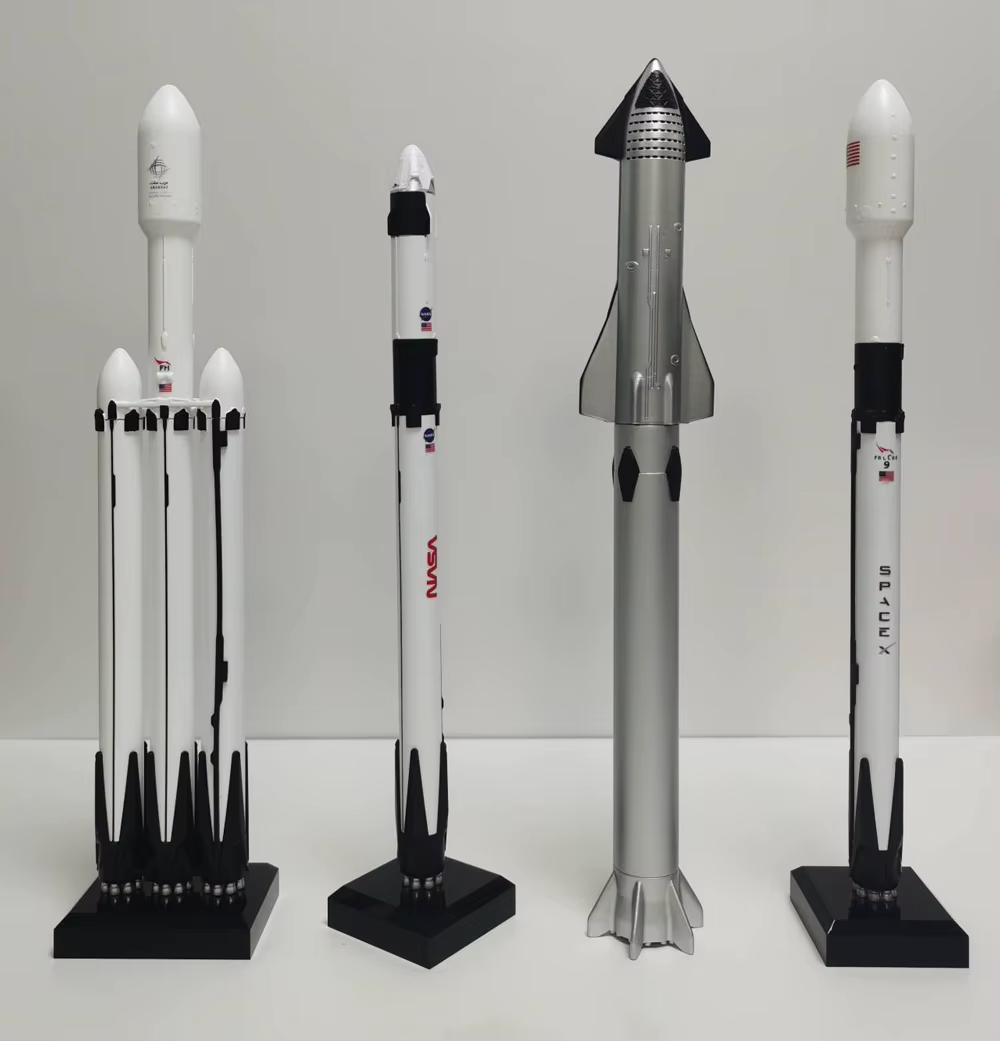
Reusable Rockets: Falcon 9 and Falcon Heavy
- Falcon 9: SpaceX’s Falcon 9 rocket was the first to successfully demonstrate the reusability of rocket first stages, significantly lowering the cost of space access. The first successful vertical landing of a Falcon 9 first stage occurred in December 2015, marking a new era in spaceflight where rockets could return to Earth and be reused for multiple missions.
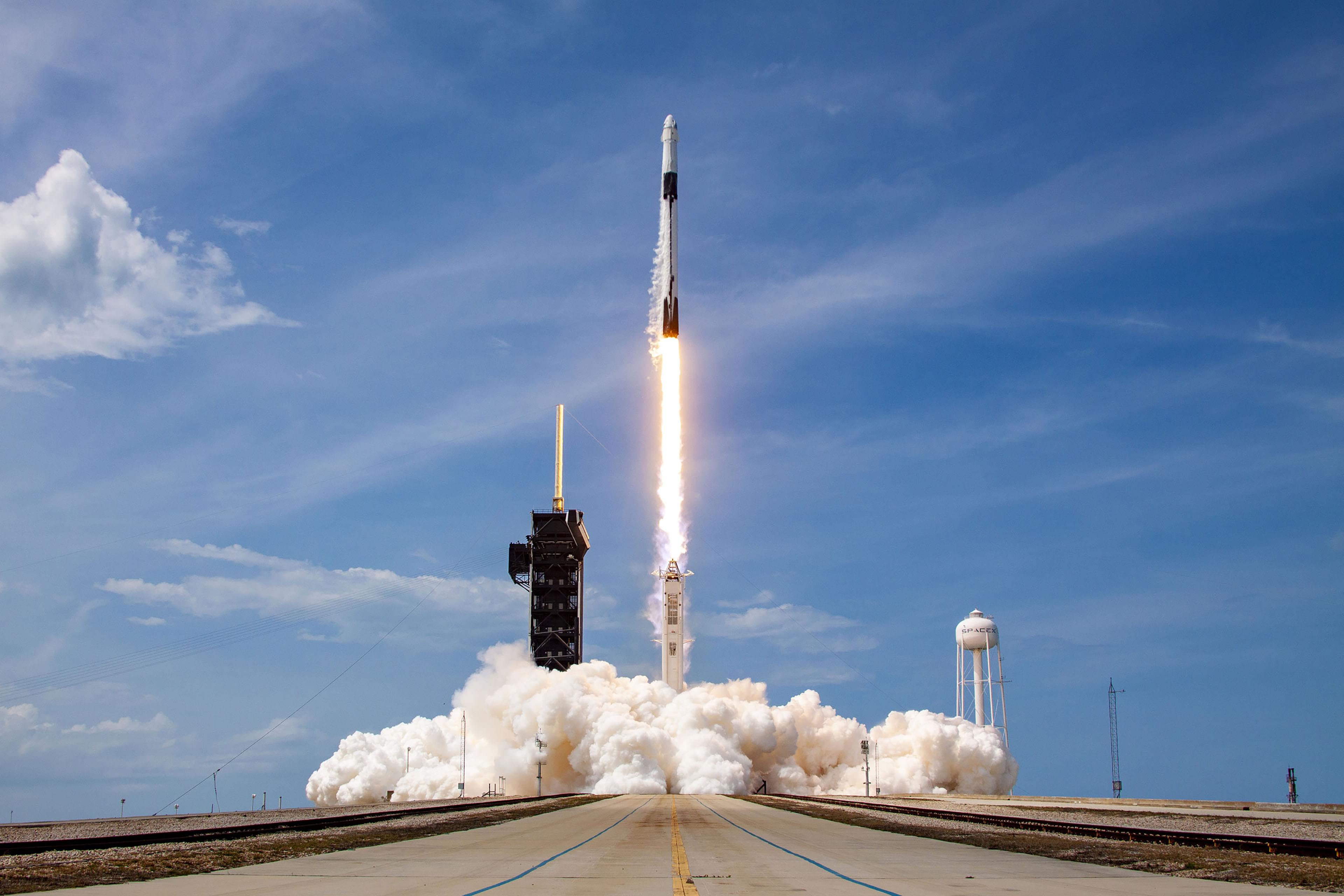
- Falcon Heavy: An evolution from Falcon 9, Falcon Heavy is one of the most powerful operational rockets in the world, utilizing three Falcon 9 cores. It also incorporates reusability, with its side boosters landing back at the launch site and the center core often landing on a drone ship at sea, further reducing the expense of heavy-lift capabilities.
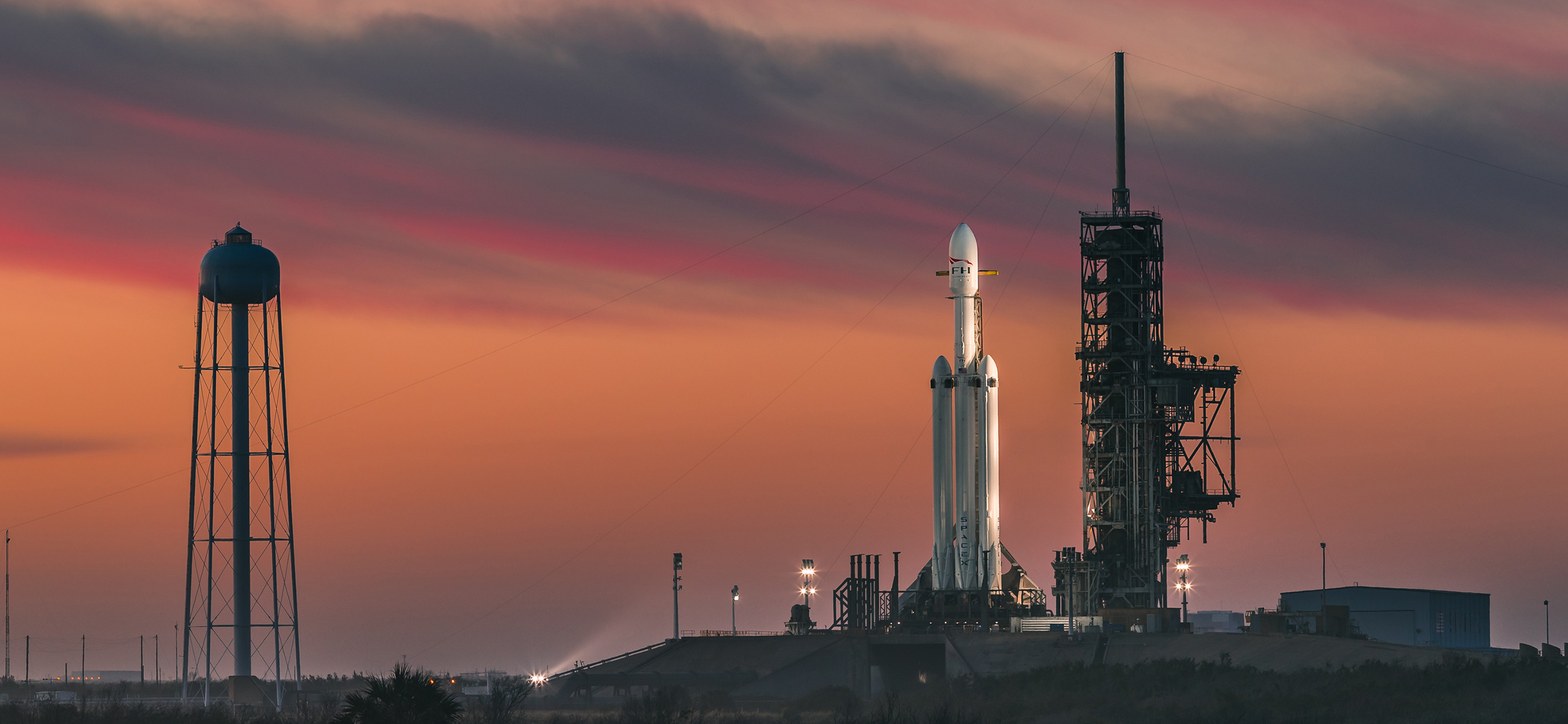
Starship and Super Heavy
- Starship: This is SpaceX’s ambitious project aimed at interplanetary travel, particularly to Mars. Starship is designed to be fully reusable, both the spacecraft and its first-stage booster, Super Heavy. The goal is to make space travel as routine as air travel, drastically cutting costs and enabling human settlement on other planets.
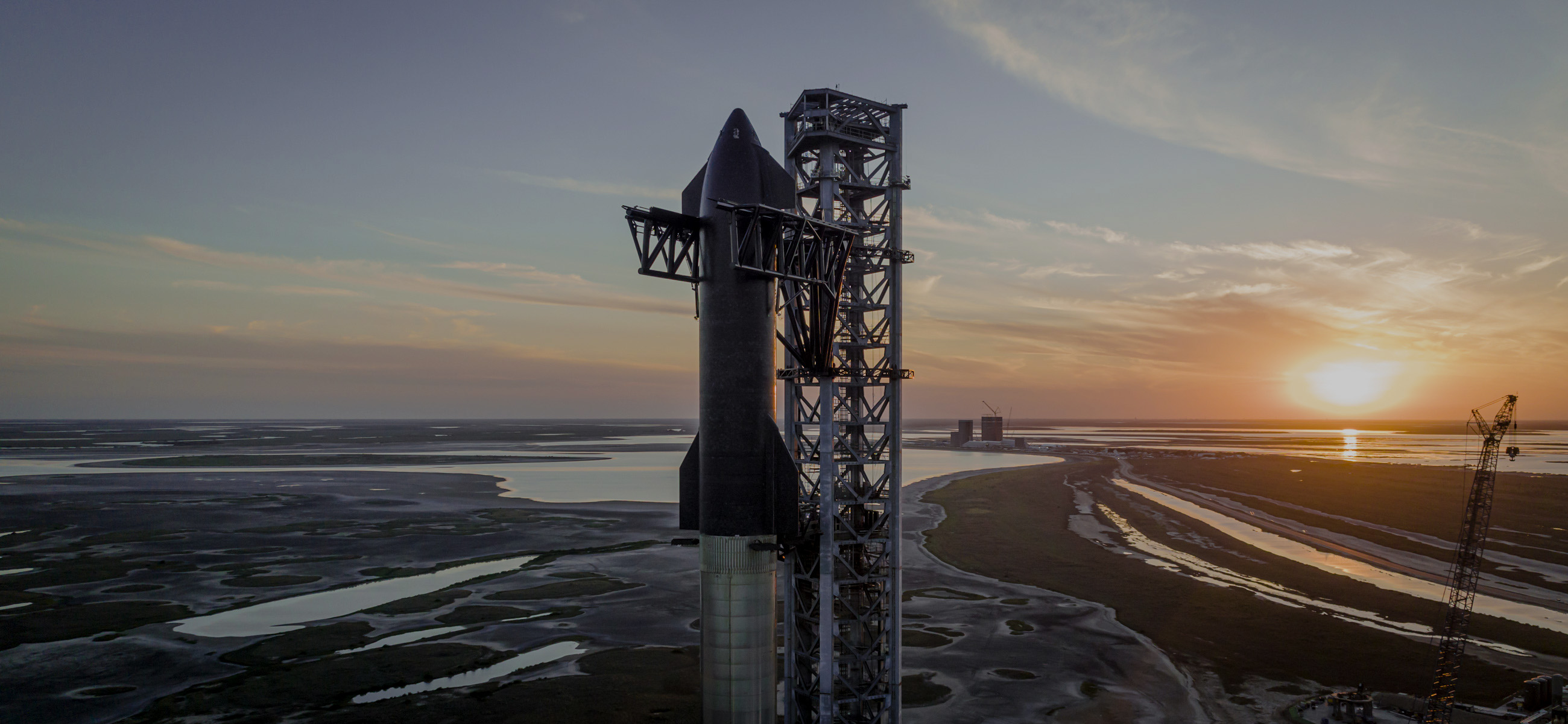
- Super Heavy: The Super Heavy booster, equipped with 33 Raptor engines, is the first stage of the Starship system. It’s designed to return to the launch site after launching Starship into orbit, where it’s caught by specialized mechanical arms known as “chopsticks.” This technology not only reduces costs but also speeds up the turnaround time for launches, crucial for SpaceX’s vision of frequent Mars missions.
Raptor Engines
- The Raptor engines are the powerhouse behind Starship and Super Heavy, utilizing liquid methane and liquid oxygen. They provide greater efficiency and thrust compared to SpaceX’s earlier Merlin engines, and are capable of deep throttling, which is essential for precise landing maneuvers. The use of methane also supports potential in-situ resource utilization on Mars, where methane could potentially be produced.
Autonomous Spaceport Drone Ships
- SpaceX has developed autonomous drone ships, like “Of Course I Still Love You” and “Just Read the Instructions,” to serve as ocean-going landing platforms for rocket stages that cannot return to the launch site due to mission requirements. These ships enable the recovery of rocket stages from missions that require more eastward trajectories, expanding the reusability envelope.
Impact on Space Industry
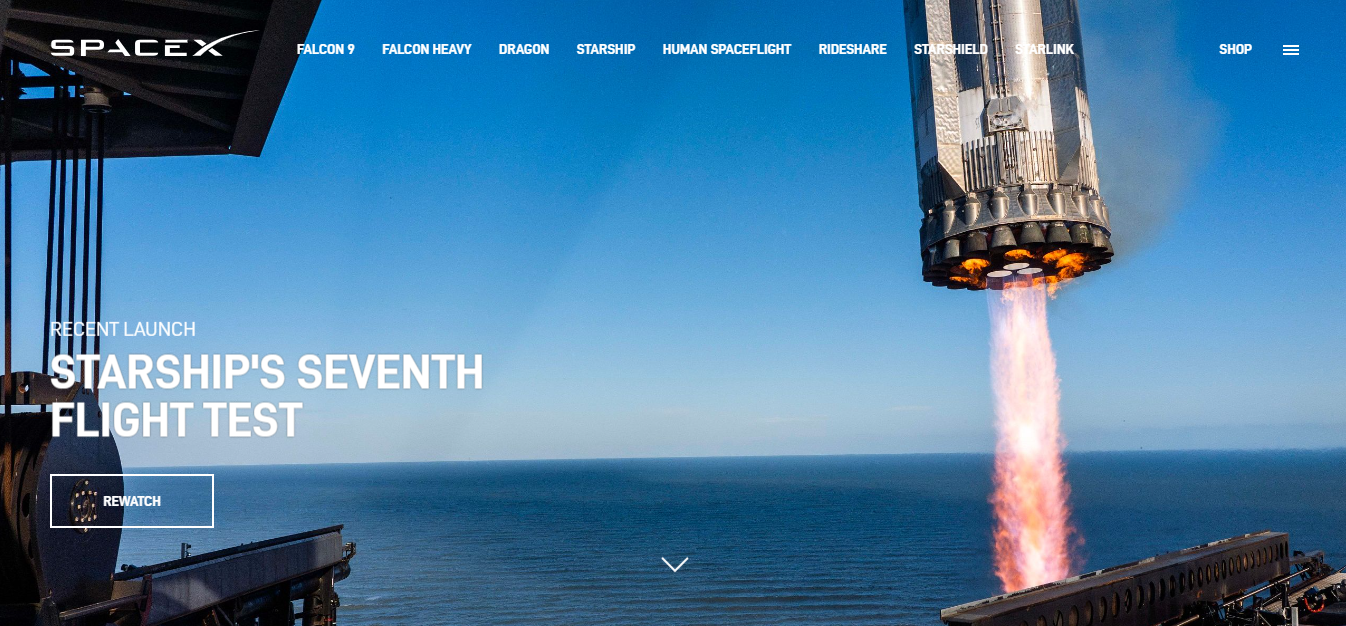
- SpaceX’s advancements in rocket technology have not only reduced the cost of access to space but have also spurred competition, pushing other companies and space agencies towards innovation. The reusable aspect of their rockets has set a new standard in the industry, making space more accessible for commercial, scientific, and exploratory purposes.
SpaceX’s continuous innovation in rocket technology is paving the way for a future where space travel could be as common as international flights, with Mars colonization becoming a realistic goal. Follow their journey and achievements for a glimpse into the future of space exploration.
#SpaceX #RocketTechnology #SpaceExploration #ReusableRockets #Starship #Falcon9 #FalconHeavy